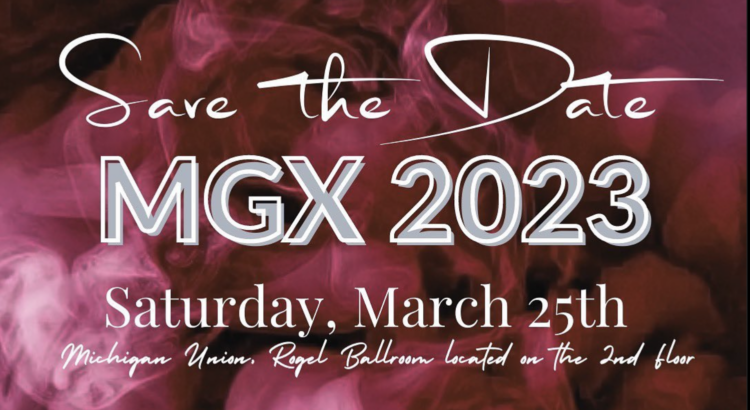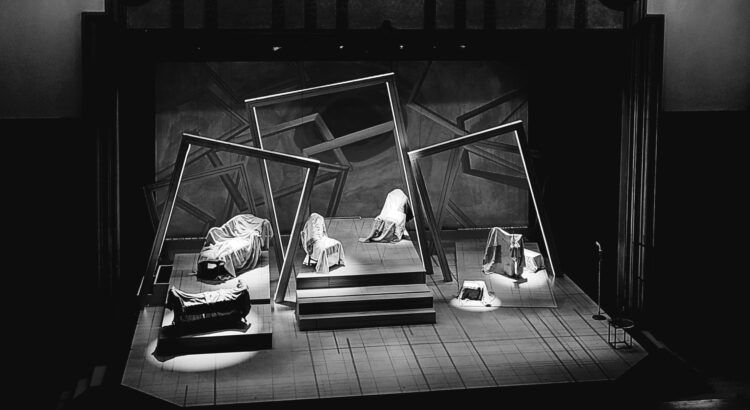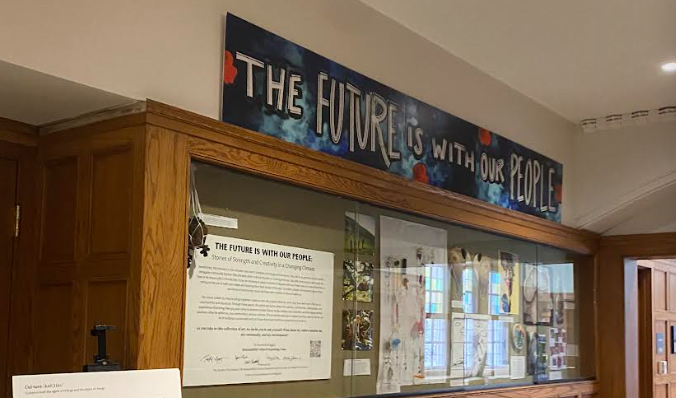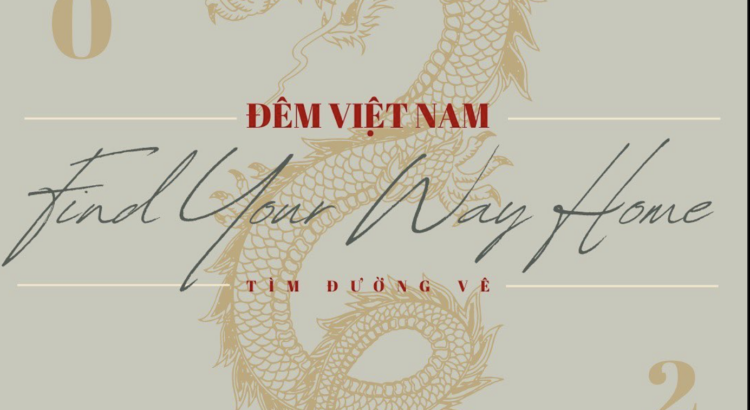The Multicultural Greek Exhibition (MGX) hosted by Lambda Theta Alpha Latin Sorority, Incorporated is tomorrow: Saturday, March 25th at 7:00 PM in the Michigan Union Rogel Ballroom. This event will be a collaboration between various multicultural greek organizations on campus, where they’ll give all kinds of performances expressing their pride and showcasing their greek traditions.
Last semester I attended the Yardshow, a similar event hosted in the Diag by Sigma Lambda Beta International Fraternity, Incorporated. It was an indescribable experience and certainly a night to remember, with one of the largest and most supportive crowds I’ve ever been a part of. Not only did I witness great performances, I also had a valuable learning experience regarding what multicultural greek life entails and how it differentiates itself from other kinds of fraternities and sororities. Through powerful dances and facial expressions, they showed the audience the significance of their values and history.
I can’t wait to see what MGX has in store, as they promised on their instagram (@lta_betaomicron) a “night full of energy”. The event is free and open to the public; there will also be a chance to participate in mini-games and win prizes.
If you’re still curious as to what kind of experience it may be, I recommend checking out my previous review on the Yardshow (no promises as to how alike they are though). However, the best and most accurate way to find out is by attending yourself tomorrow night!













